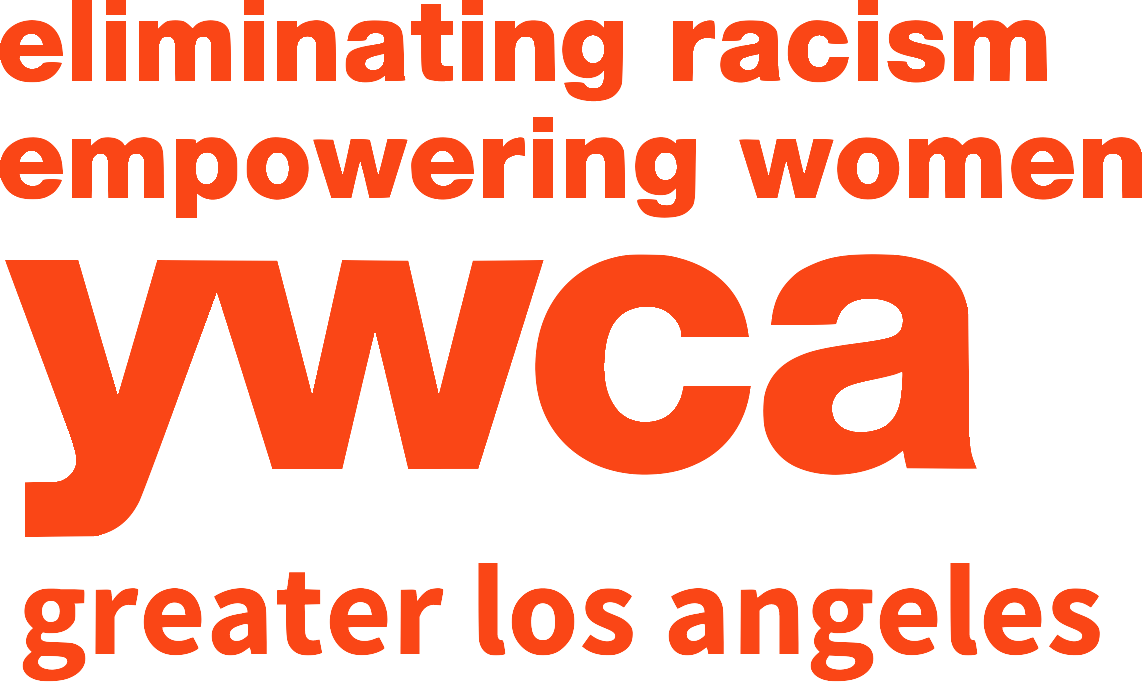Empowering Seniors Through Community and Cultural Engagement
Introduction
Loneliness and disconnection are silent struggles faced by many seniors today. But what if these challenges could be tackled with something as uplifting as a shared meal, a dance class, or a cultural celebration? Community and cultural engagement hold the key to not just filling the social gaps in seniors' lives but enriching them.
By participating in activities such as Hispanic Heritage Month or Black History Month celebrations or trips to cultural landmarks, seniors experience more than recreation—they find connection, purpose, and pride. This blog explores how these activities reduce isolation, promote health and wellness, and foster a sense of belonging and cultural identity among seniors.
The Impact of Isolation on Seniors
Isolation doesn’t just dull the spirit; it impacts both mental and physical health in profound ways. Studies show that seniors who experience chronic loneliness are at a higher risk of developing depression, anxiety, and even heart disease.
The Prevalence of Isolation: According to the National Institute on Aging, nearly one-third of seniors experience feelings of loneliness regularly. This issue intensified during the pandemic, forcing many elderly individuals into prolonged periods of social isolation.
Health Consequences: Chronic isolation has been linked to reduced cognitive function, higher rates of dementia, and a shorter life expectancy. The necessity to shine a light on this pressing issue cannot be overstated.
The Role of Community Engagement
Community engagement is more than just entertainment. It's about building bridges—between individuals, generations, and cultures. Here’s how specific activities like cultural celebrations and community events benefit seniors on multiple levels.
Example Activities
Hispanic Heritage Month or Black History Month Celebrations: Events honoring Hispanic or Black culture provide an opportunity for seniors to reconnect with their heritage through music, dance, food, and storytelling. The beauty of these festivals lies in shared pride and joy.
Trips to Cultural Landmarks: Whether it’s exploring a museum or visiting a historic neighborhood, excursions give seniors the chance to learn, interact, and feel a part of something larger than themselves.
Benefits for Seniors
Social Interaction: Meeting new people or reconnecting with familiar faces creates meaningful relationships and combats feelings of isolation.
Physical Activity: Many community activities involve light physical exercise, such as dancing or walking tours, which promote heart health and mobility.
Cognitive Stimulation: Events with storytelling, art, or music enhance memory and provide sensory experiences that keep the mind sharp.
Case Studies and Testimonials
Real-life stories paint an undeniable picture of the impact community engagement has on seniors' lives.
Maria, 72, hadn’t danced in years until she attended her community’s Hispanic Heritage Month salsa night. “For the first time in a long time, I felt alive again,” Maria shared. “And now I have new friends to share my weekends with.”
Jane, a caregiver, explained how her father’s participation in a local walking group brought changes beyond the physical. “His mood, energy, and even his appetite improved. And he looks forward to every Sunday hike with the group.”
Local community organizations also see the results. “You just see their faces light up,” said Victor, a coordinator at a senior center. “It’s a reminder of how much life there is still to live.”
Building Cultural Bridges
Cultural activities don’t just uplift—they connect seniors to their roots while sharing their heritage with the next generation. This exchange fosters understanding, respect, and continuity of cultural identity.
Passing on Traditions: When seniors tell stories or teach traditions like cooking, music, or crafts, they bridge the generational gap, ensuring their culture’s legacy remains alive.
Creating Pride in Identity: Engaging in cultural celebrations reminds seniors of the richness of their heritage, fostering a sense of dignity and pride.
Overcoming Barriers and Challenges
Despite the clear benefits, many seniors face obstacles that prevent them from participating in these activities. Common barriers include physical limitations, financial constraints, and lack of awareness or transportation.
Strategies to Overcome Barriers
Accessible Venues: Ensuring event locations are wheelchair-friendly and easy to reach can make a world of difference.
Subsidized Programs: Community centers and nonprofits can offer discounted or free participation for low-income seniors to ensure inclusivity.
Inclusive Outreach: Using multiple channels—mainly emails and flyers—to keep seniors informed about activities and events ensures no one gets left behind.
Resources and Support
If you’re looking for opportunities to get involved or help a loved one engage in the community, here are some incredible resources to start with:
Local Senior Centers: These centers often host a range of events and activities for elders. Contact your nearest center for a schedule.
Organizations Supporting Seniors: Groups like YWCA Greater Los Angeles's Senior Enrichment Program or the National Council on Aging offer programs designed to promote wellness and engagement.
Transportation Programs: Check local nonprofits or transit services for senior-specific transportation options to access community events.
A Shared Journey to Connection and Wellness
Community and cultural engagement are not just about participating in events—they’re about creating a life full of color, connection, and pride. Whether it’s through celebrating cultural traditions, nurturing lifelong friendships, or learning something new, these activities have the power to transform the lives of seniors. And in fostering these connections, we build stronger, more compassionate communities for everyone.
If you’re ready to help transform someone’s life—or perhaps your own—consider supporting senior-focused initiatives like the YWCA Greater Los Angeles Senior Enrichment Program. Together, we can ensure that no senior feels forgotten and that every story, tradition, and smile is cherished for years to come.


